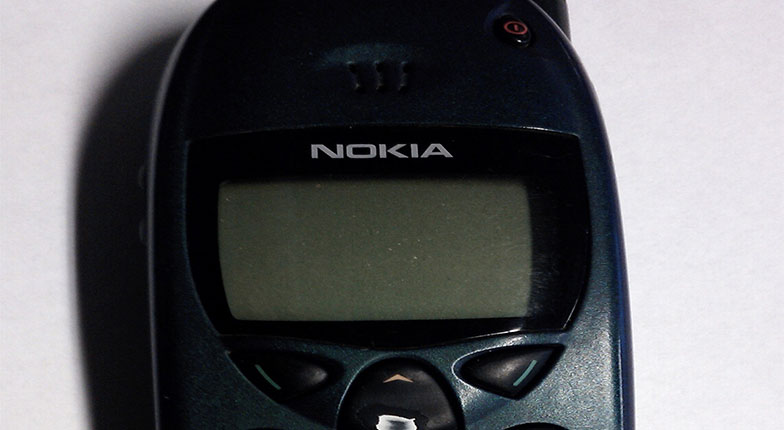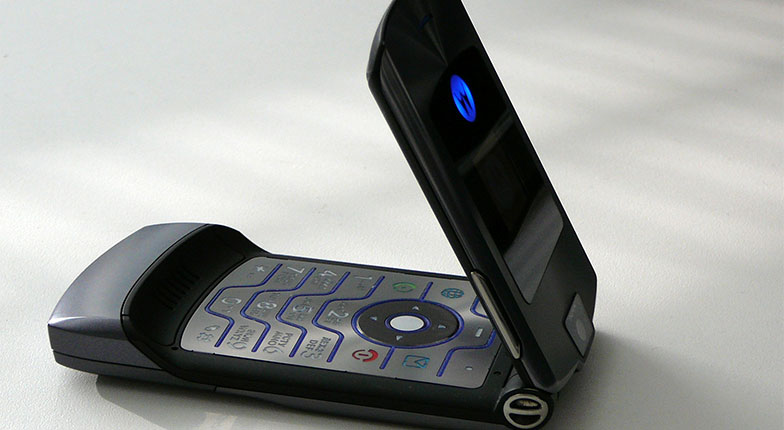Most of the people today cannot live without their phones. It has been the primary device for communication and entertainment for most people. Mobile phones have really come a long way – from telephone handsets to smartphones.
Just a brief background, the history of mobile phones dates back to 1908 when the wireless telephone came into existence. Basically, the very first mobile phones did not depend on network, unlike today. They were just two-way radios that allowed people to communicate. In the 1940s, engineers developed cells as mobile phone base stations. This started the use of “cellular” phones.
The first ever mobile phone invented for practical use was produced by Motorola in 1973. In fact, the Motorola phone unit ‘DynaTac” was the first mobile phone to be approved by the Federal Communications Commission in the United States in 1983.
Today, 44% of the total world population own a smartphone. By 2020, it is expected that the number of smartphone users will balloon to over 2.87 billion.
Mobile phone trends vary each year. Different recognized brands of phone producers are very competitive, releasing models of smartphones with unique features and specs. But of course, there are mobile phones that really started the trend, in which where most phones today are inspired from. Let us get to know the 15 most notable and most iconic mobile phones that started it all:
Nokia 6110 (1997)
The 6110 from Nokia was the first GSM (Global System for Mobile Communications) to use an ARM processor. It was extremely popular because of its portability. It was also one of the earliest phones with features like calculator, clock, calendar, and even games like Logic, Memory, and Snake.
Motorola StarTAC (1997)
The Motorola StarTAC is the first ever-flip or clamshell type of mobile phone. It gained widespread popularity since its release, selling over 60 million units. It was also one of the first cellular phones that are integrated with vibrate alert. The PC World listed it as one of the greatest gadgets of the past 50 years.

Nokia 5110 (1998)
One of the most popular phones of the era is the Nokia 5110. It featured monochrome LCD with four LED backlights. It also led the trend of replaceable faceplates to allow users customize their phone. With this, other phone companies created phones with replaceable cases as well.
BlackBerry 850 (1999)
The 850 was the first handset offering from the BlackBerry Company. It deviated from portrait-like mobile phones as it is used in a landscape orientation. This release of this smartphone was a breakthrough as the BB 850 was integrated with email, wireless data network, security system, and the “qwerty” keyboard.
Nokia 3310 (2000)
One of the most successful phones in the entire history was the Nokia 3310. Since its release, the 3310 sold over 126 million units. It was also much known for its durability. It was Nokia’s most iconic device to date. In 2017, the 3310 was re-released with lots of modern features.
Samsung SGH-T100 (2002)
The Samsung SGH-T100 is the first-ever phone that used a thin-film transistor active matrix LCD display, making it one of the earliest colored phones. It also followed a flip design and featured a second external mono display.
BlackBerry 5810 (2003)
Breaking the common trend, BlackBerry released their 5810. It is one of the phones that started the trend of using headsets, as the unit does not have any speakers. It also features personal email access, WAP browsing, and custom enterprise apps.
Motorola Razr V3 (2004)
Razr V3 is the best-selling clamshell phone in the world to date. It is sleek and edgy, perfect for the trend that time. Because of its popularity, newer versions and models proceeded the Razr V3. The phone also featured a mini USB port for data.
BlackBerry 7270 (2005)
The first-ever BlackBerry handset to feature Wi-Fi was the BlackBerry 7270. It is also the first-ever phone to support WLAN and VoIP telephony.
Nokia N95 (2006)
Setting up another trend, Nokia released its two-way sliding phone N95 as part of their Nseries line. It also featured Bluetooth, GPS (Global Positioning System), 5-megapixel camera, portable media player, FM radio tuner, and multi-tasking applications. This phone marked the era of multi-function and multi-purpose phones.
LG Shine (2007)
The sleekest slider-style phone among its contemporaries is the LG Shine. It was one of the first camera phones that introduced auto-focus. It also has an MP3 player, office documents viewer, and its memory is expandable up to 2GB.
Apple iPhone 3G (2008)
The most revolutionary phone of the century is Apple’s iPhone 3G. The original iPhone was a massive success, but the 3G redefined smartphone standards. Apart from the photo and video camera, SMS, touch-friendly OS, and other features found in most phones that time, the iPhone 3G introduced their App Store which makes the iPhone the most functional phone of all time. The App Store which was launched in 2008 offered over 500 apps. In 2009, it reached to over 15,000 apps. The rest is history.
T-Mobile G1 (2008)
The T-Mobile G1 is the first smartphone powered by Android – definitely the original Android phone. Apart from its touchscreen functionality, the T-Mobile G1 did not remove its keyboard to consider those who do not want the touchscreen feature. It featured the popular Google products, including Maps, Gmail, and YouTube.
Samsung Galaxy Note (2011)
The Samsung Galaxy Note created the phablet (phone + tablet) industry. Thus, it started the trend of large-screened smartphones. It also comes with a stylus called as the “S Pen” to navigate the interface. Until now, the Samsung Galaxy Note series remained one of the top-rated and best-selling phones.
Motorola Moto G (2013)
Developed by Lenovo, the Motorola Moto G combined the conventional features of old mobile phones and the modern smartphones. It is still powered by Android. What makes it unique is its removable covers, allowing users to customize. Its 3rd generation is also water resistant through the use of internal rubber gaskets and nano-coating.
Here you go! These are the breakthrough phones throughout the history of mobile phones. To no surprise, our mobile phones will become smarter and smarter in the coming generations.



